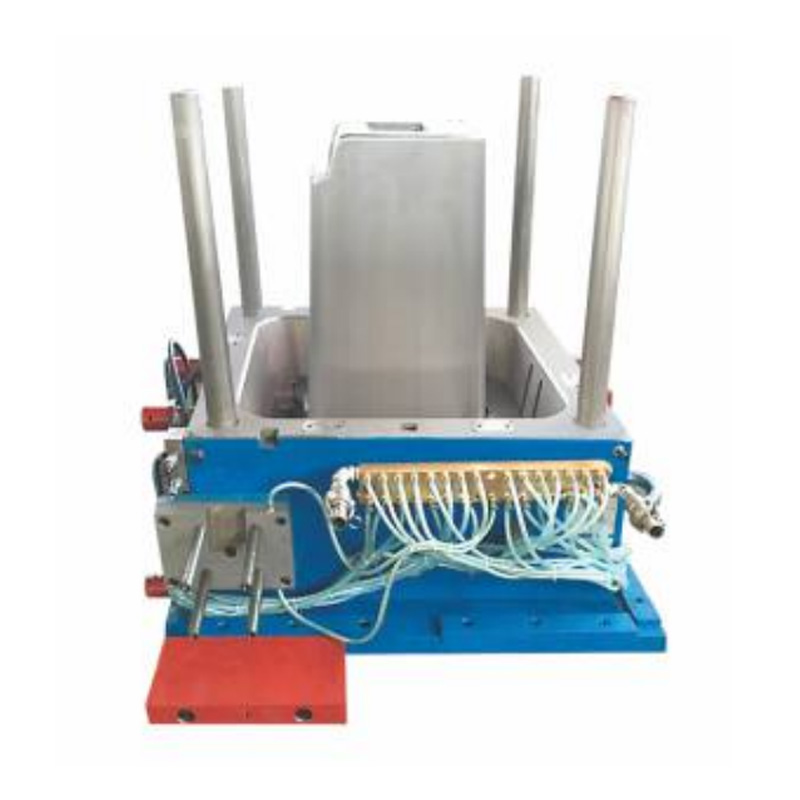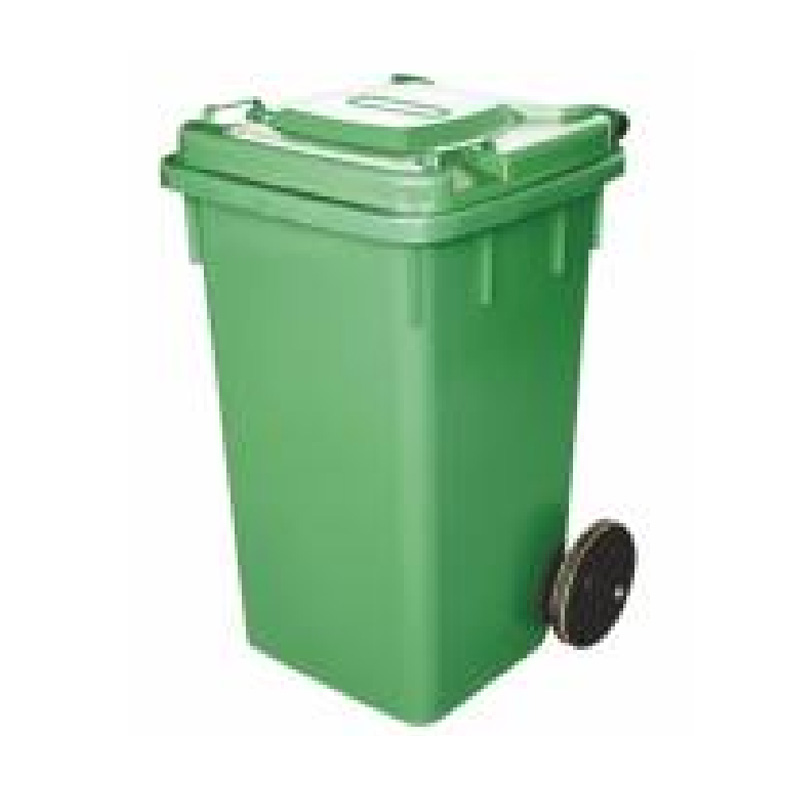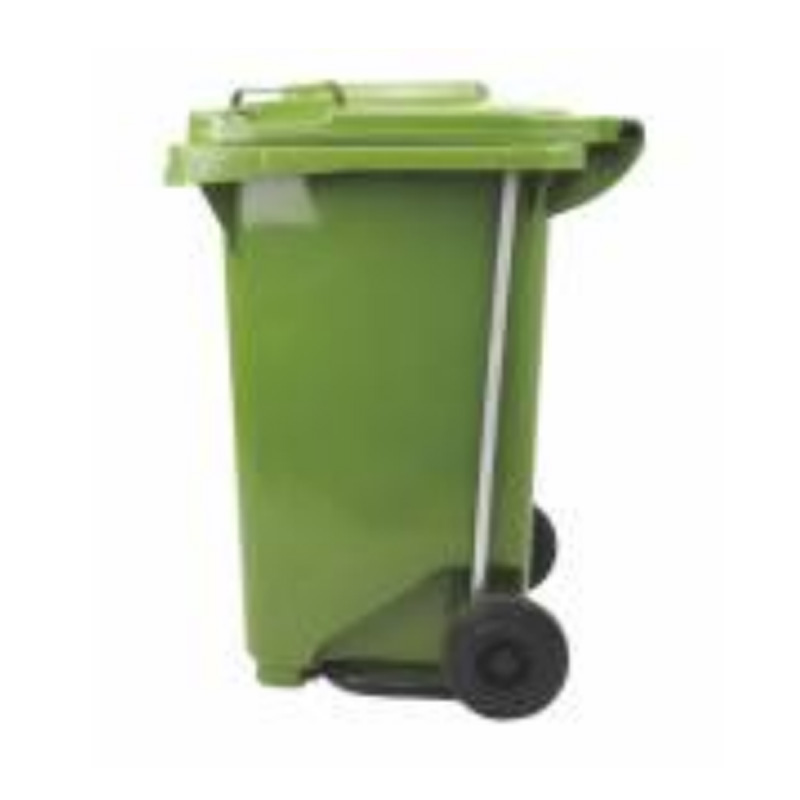1. What types of trash can / garbage bin moulds do you offer (injection, blow, rotational, etc.)?
We offer a variety of moulding technologies depending on the bin design and material:
-
- Injection moulding is typical for smaller or medium sized dustbins, pedal bins, bins with flip lids, and bins requiring fine detail or texture.
- Rotational moulding (rotomolding) is used for large-volume, hollow-body trash bins (e.g. large outdoor wheeled bins) because it yields uniform wall thickness and good structural strength.
- Blow moulding (less common for bins) might be used for hollow cylindrical bins or certain drum-type structures. For example, some manufacturers provide plastic trash can mould – blow mould (single cavity, HDPE).
The choice depends on size, production volume, wall thickness, mechanical demands, and cost tradeoffs.
2. What is special about the Flip-Top Wheeled Plastic Garbage Bin Mold by Jingnan?
Based on the product description:
-
- It is designed specifically for trash cans with mobile wheels and a flip-top (hinged lid) structure.
- The mould uses high-strength mold steel and 3D CAD design to ensure structural integrity, impact resistance, and fatigue durability (especially at hinge and wheel mounts).
- The flip-top part has a carefully designed hinge structure to ensure stability over frequent cycling.
- The wheel-connection mold design emphasizes rotational flexibility and payload capacity; materials may be chosen to be wear-resistant.
- Gate and cooling systems are optimized by mold flow analysis to ensure even filling, minimize shrinkage and warpage.
- It is claimed to offer good demolding behavior, smooth product surfaces without burrs, and high precision to facilitate later assembly.
Thus, this mold is intended for clients wanting a ready-to-use solution for wheeled flip-lid trash bins, with performance and quality in mind.
3. What information do we need to provide to get a quotation?
To quote a trash can/dustbin mould, we typically request the following:
-
- Product drawings / 2D & 3D CAD models or existing sample(s).
- Overall dimensions (height, width, depth), wall thickness, and detailed features (hinges, ribs, handles, wheels).
- Material specification (e.g. PP, HDPE, ABS, etc.).
- Production volume / estimated shot count (how many units you want to make).
- Moulding method (injection, rotomolding, blow), runner system (cold or hot), gate location preferences.
- Mold steel preference (e.g. P20, H13, S136, 718, etc.) and surface finish (textured, mirror polish).
- Machine parameters (tonnage, clamp size, max injection volume) to ensure mold compatibility.
- Any special requirements (e.g. inserts, overmolding, undercuts, multi-cavity).
Jingnan, for example, mentions they offer full customization from design to mold testing.
Other industry peers also list similar requirements (see e.g. Kaihua, which supports moulding up to 1,100 L bins, and describes cooling, ejection, etc.).
4. What are the main cost drivers in a trash can mould?
Key cost factors include:
-
- Mould size & complexity: Larger molds or those with complex features like hinges, ribs, undercuts, sliding cores, or inserts cost more.
- Mould steel selection and hardness: Higher grade or corrosion-resistant steel increases cost.
- Number of cavities: More cavities can increase tooling complexity and cost, though they can reduce unit cost in production.
- Surface finish & texture: Mirror polish, fine texture or special embossing increases machining time.
- Cooling & gating system sophistication: More cooling circuits or complex gate layouts raise tooling cost.
- Trial runs, adjustments, and testing: The cost of iteration (T0, T1, T2) adds to total.
- Transport, packaging, and export costs: Given the size and weight, shipping the mold (especially overseas) can be significant.
- After-sales support / spare parts: Shops may include cost for spare cores, spare inserts, or maintenance support.
5. What materials (plastics) are commonly used for trash/dustbin production, and what is their impact on mould design?
Common plastics used are:
-
- Polypropylene (PP) – good chemical resistance, moderate stiffness
- High-Density Polyethylene (HDPE) – good impact resistance, flexibility
- ABS / PC + additives – for decorative or higher performance bins
- Blends or modified resins (UV-stabilized, filled or reinforced grades)
Mould design must accommodate:
-
- Different melt flow characteristics
- Thermal expansion / contraction (shrinkage)
- Temperature constraints
- Wear on gates or runners (especially with filled materials)
- Venting (if material off-gases)
Choice of plastic can affect gate size, injection pressure, cooling requirements, and parting line design.






